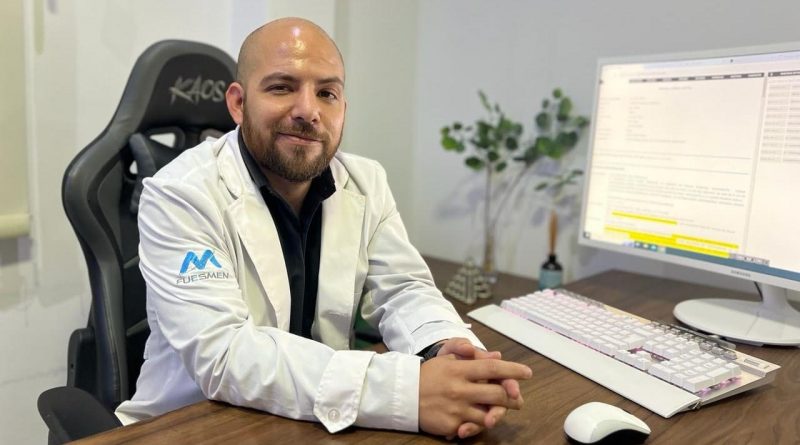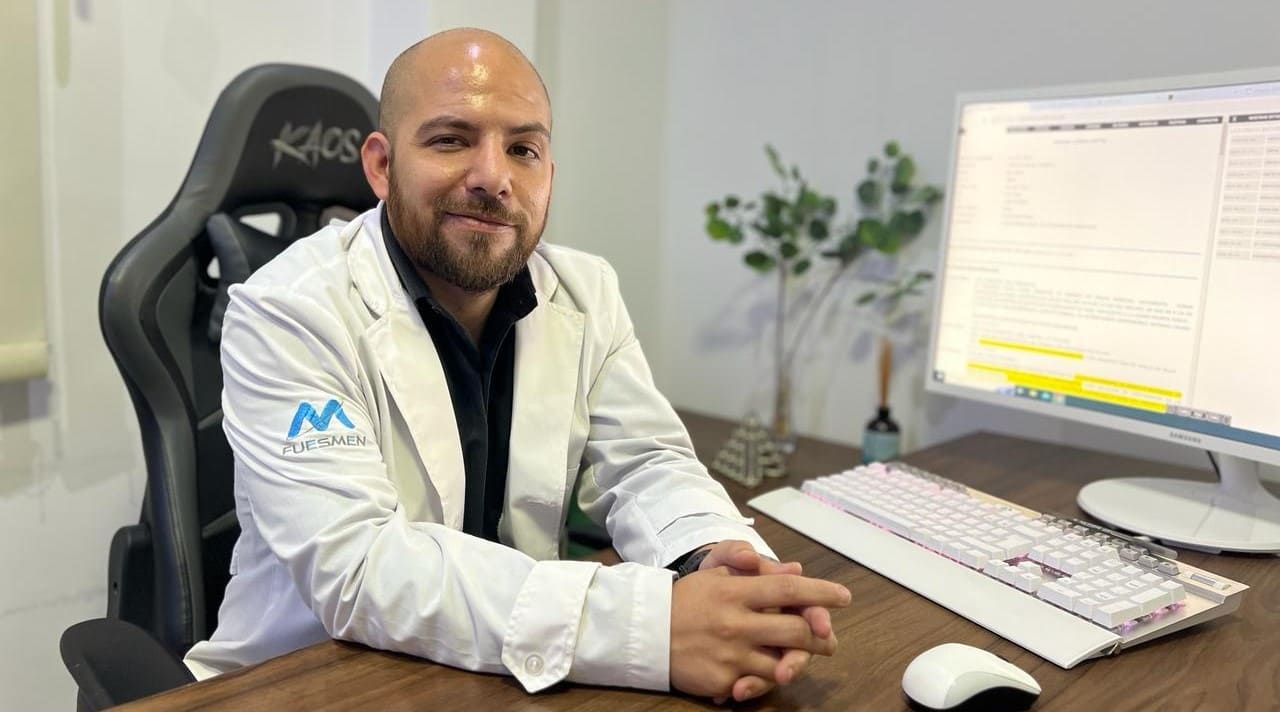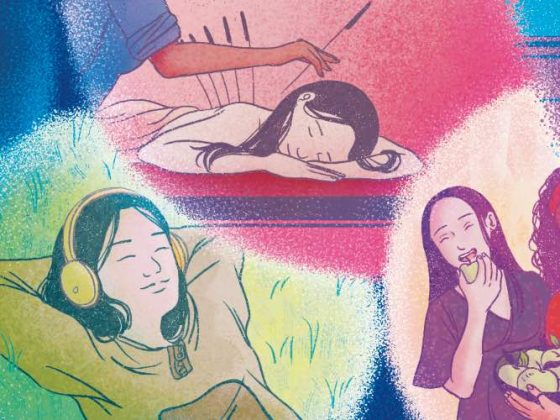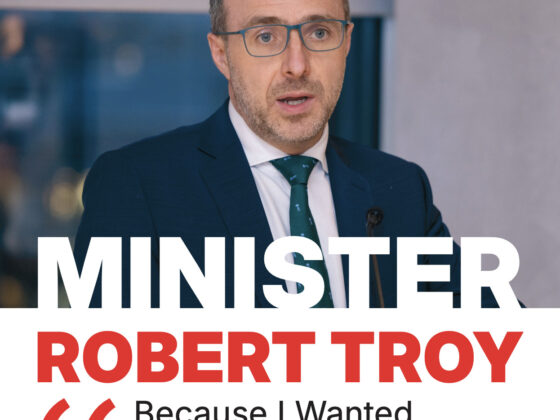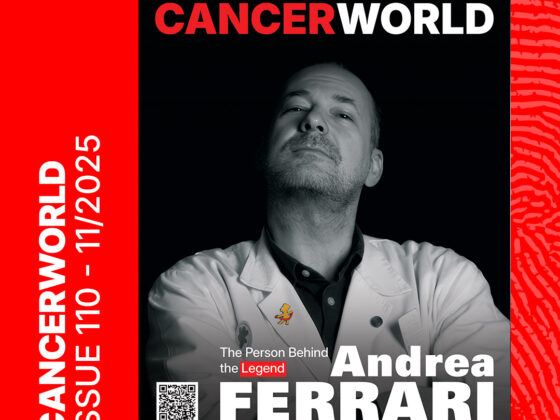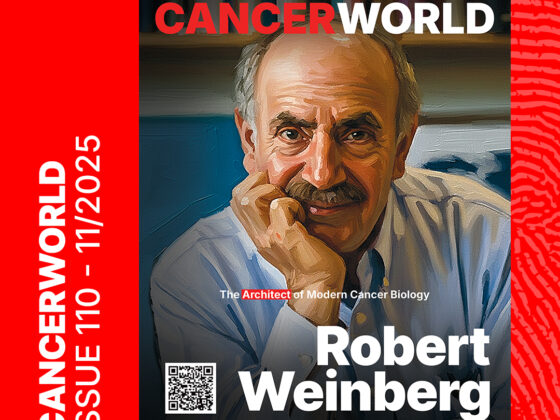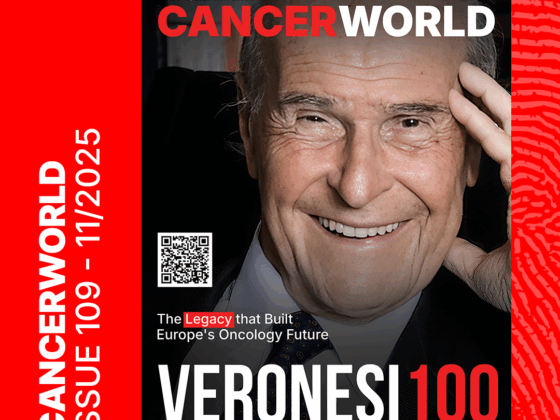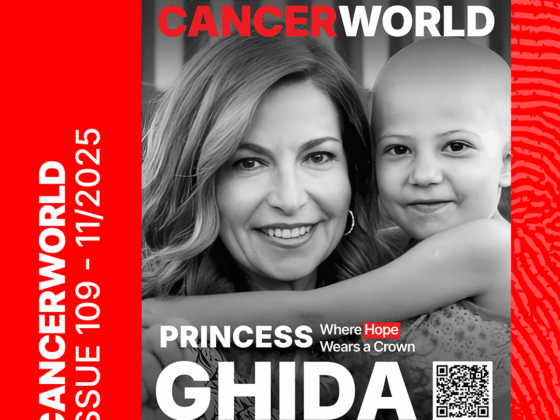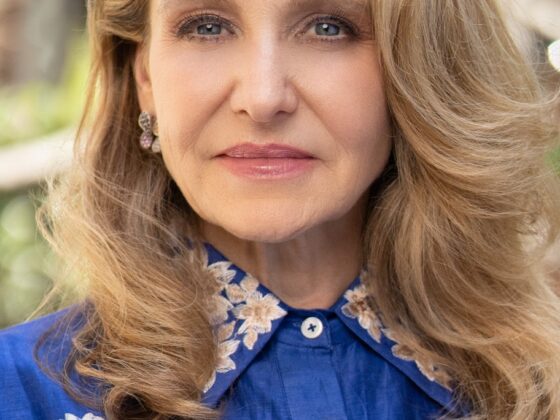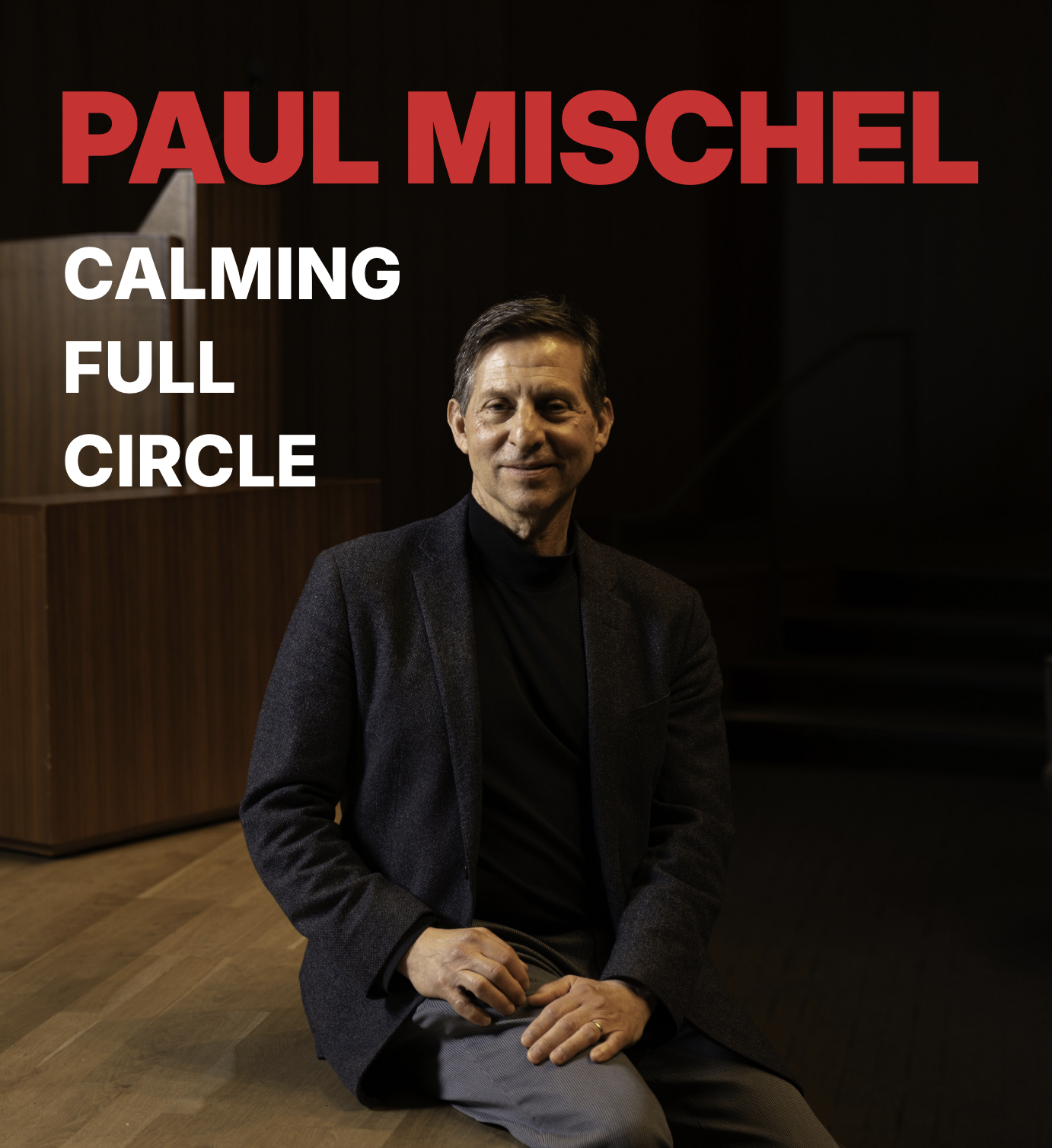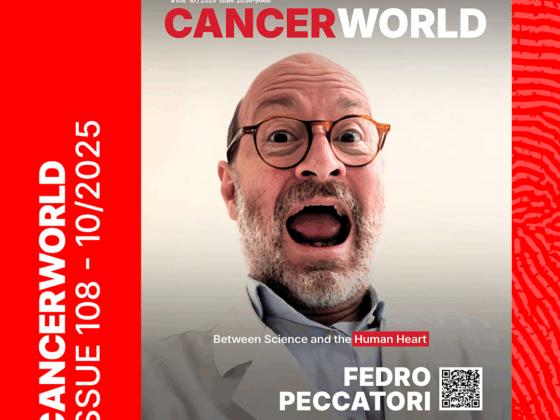The move didn’t make any sense. Any young clinical oncologist trying to climb up the career ladder in Argentina knows that Buenos Aires is the place to be. So, when in 2021 Alejo Albornoz, then 33, moved with his partner and four dogs from their home in the capital city to the provincial town of San Rafael, almost 1000 km away, he didn’t know what to expect. He did it in pursuit of a peaceful life, unaware that his career would take an unanticipated turn.
Cancer cases in Argentina have been on the rise for decades. With a current population of 46 million, it has the highest cancer incidence rates among the large Latin American countries, and this trend is set to continue. By 2040, the number of new cancer cases is predicted to be 42% higher than it was in 2020, with the number of deaths on track to have increased by 47%.
Increases in poverty levels and low rates of screening, difficulties accessing timely treatment once the diagnosis is made, and the lack of reliable data are some of the barriers that the country needs to tackle to address the situation. But as a young medical student at the University of Buenos Aires, solving these problems was not something that Albornoz had been intending to devote his life to. After considering the merits of a whole range of specialisms, it was infectious diseases that appealed to him most. “Like all medical students, I went in thinking I wanted to do one thing and came out thinking another,” he recalls.
It didn’t take him long to regret his choice. He loved the research component of the specialty, but most of the time he would only consult for other doctors, without having control over the treatment course of his patients. Frustrated, and not seeing a happy future there, he talked to Jorge Geffner, a prominent immunologist, who pointed him towards the path of oncology. “There’s a lot of research and new drugs,” he told Albornoz, and suggested he do a rotation at the Angel H. Roffo Oncology Institute in Buenos Aires.
The constant advances in the field, particularly in thoracic tumours, captivated Albornoz almost immediately. Shortly after arriving at the Roffo, he joined the thoracic and digestive cancer subspecialties. He also found real pleasure in treating cancer patients, because they really commit to their treatment. “People think that the worst thing that can happen to you is cancer,” he says.
After his time at the Roffo, he kept busy working gruelling shifts, balancing working unpaid as a resident at the Alexander Fleming Institute – a renowned private oncology hospital – while simultaneously doing a residency at the Eva Perón Municipal Hospital, which was paid, though very poorly, and doing weekend shifts at the Buenos Aires Ecopark medical service, to help make ends meet. The experience gave him some early insights into the contrasts between the public and private healthcare systems, and what that means for patients and the medical community.
Parallel systems
Private hospitals see only patients who can pay out of their own pockets or have medical insurance. A very few private hospitals also treat some patients covered by certain social welfare schemes, though these are very few. Public hospitals care for everyone else. This includes people enrolled in the social welfare funds by their employer (which is compulsory), as well as those who cannot afford private health insurance and are working outside the formal sector, who are not covered by a social welfare fund. The difference between these three categories of patient creates a unique situation of inequities in access across the country, says Albornoz.
In the province of Mendoza, where San Rafael is located, patients who are not covered by a social welfare fund have better access to therapies than those who are covered, because the public healthcare system, which is organised at a provincial level, is supported by a percentage of tax receipts from the gaming industry. But the same is not true for all states and provinces.
Top centres attract a lot of private investment which can significantly bump up the relatively meagre basic salary earned by physicians
Access to high-quality treatment centres also varies hugely across this vast country. The best – usually private – are mostly in Buenos Aires. And money attracts money. Working in one of these centres can be the difference between earning approximately $900 a month or $6,000 or much more. That’s because the top centres attract a lot of private investment which can significantly bump up the relatively meagre basic salary earned by physicians, says Albornoz. Organising a conference, or a workshop at a congress, or participating in a clinical trial and enrolling patients, usually comes with significant payments. But companies are rarely interested in investing in small public hospitals or rural clinics. “‘What do they have to offer?’ That’s the general thinking,” he says. It is this reliance on money from the private sector that creates a huge economic gap within the country’s medical community.
It also creates a serious gap in the professional development. The more research, training and visibility doctors get, the more likely they will get a good job offer, so doctors tend to congregate in the big cities to access all these resources, says Albornoz. “God is everywhere, but he treats in the capital.”
A tough choice
Throughout his career, Albornoz has felt the tension between these two parallel systems. Most of the work he’s done has been for free, so he has had to work on-call shifts to make a living. He didn’t resent it as much as some of his colleagues, because his love for the job has surpassed his urge to earn large sums of money. Early in his career, he also got involved in several research projects, which he presented at prestigious meetings such as the American Society of Clinical Oncology, the American Cancer Association, and the Argentine and International Congress of Clinical Oncology. He won the 2017 Roche award for the best work in Innovation in Oncology. He kept building his academic track record until, one day, his hard work paid off. In 2020, the Fleming Institute where he’d worked as an unpaid resident years earlier, made him a job offer.
Finally, he had earned himself the opportunity to access the bountiful resources and career opportunities that young oncologists dream of. And yet, the money, prestige and success would come at the price of living in an overpopulated city, where traffic jams and crimes are an everyday peril. In Buenos Aires, “you can get murdered by people trying to steal your cell phone,” he says.
The constant threat levels felt so big that Albornoz took to leaving his car on the street, at the risk of it being stolen, to avoid the greater threat that thieves might follow in behind him and break into his house while he was parking the car in the garage. The tipping point for him happened one night when he heard the sound of glass breaking in the middle of the night. He and his partner woke up startled, certain that someone had broken into their house. While his partner called the police, he inspected the premises, only to realise that a broom had fallen on a kitchen table, breaking a glass. “It is not normal to live like this,” he thought. It was time to move away.
In the provinces
Nowadays, when Albornoz wakes up each morning, he sees a mountain landscape from his backyard. He takes his time getting ready for work, because in San Rafael it takes around 10 minutes to arrive anywhere. Around nine, he starts the first of two shifts at the Nuclear Medicine School Foundation hospital (FUESMEN).
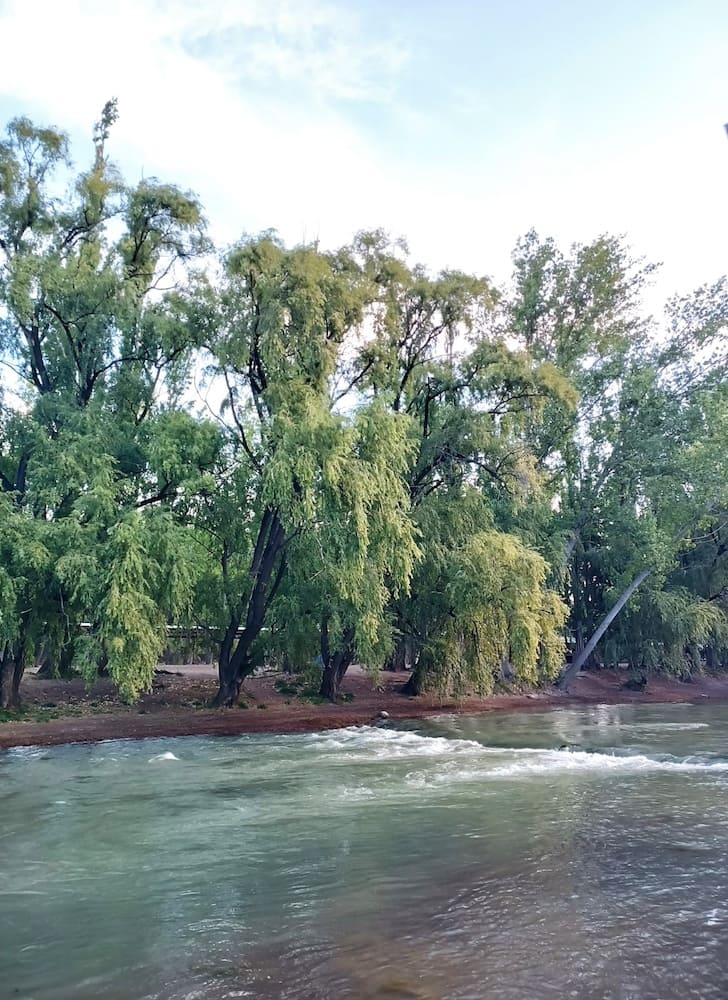
He refers to this place as a ‘unicorn’ because, despite being located in a small rural town, it is not a small town facility. FUESMAN – a centre for research and treatment – was the first place in the whole of Latin America to install PET scanning equipment. It also offers high-tech diagnostic services such as SPECT gamma camera, magnetic resonance imaging, tomography, densitometry and mammography as well as radiotherapy – and all at lower prices than the rest of the market. “At these prices, [FUESMEN] works at a loss,” he says. “We are competing in technology with countries like Switzerland.”
Albornoz is paid by FUESMEN on a per-patient basis. He also sees patients from the public hospital. He doesn’t make as much as he would in a big city, because the population in San Rafael is quite small, so the influx of patients varies. On a busy day, he sees around 25 patients in a double shift that ends at night. In his free time, he catches up with his research and training projects, none of which he gets compensated for.
While Mendoza is fairly well off compared with other provinces, Albornoz still has to face the social inequities of living in the south of the region. There are only a few oncologists scattered across the territory. Several of his patients can’t read, so they have a hard time following the instructions on their prescriptions, and sometimes the patient’s insurance doesn’t cover the cost of the treatment.
With low socioeconomic levels and limited medical infrastructure, delays in diagnosis and treatment are common, leading to cases of preventable cancers such as cervical tumours. “In the rural areas, people don’t give that much importance to health issues, or sometimes they don’t understand the seriousness of things,” he says.
But it is the potentially fatal perceptions within the wider medical community that have really caught his attention. They often see cancer patients as people under death sentences who don’t require comprehensive care, he says. “It happens a lot.”
“The local doctors only focus on the incurable part of the diagnosis. They discharge them with morphine to go home and die.”
He recounts the story of a patient with breast cancer who came into his office with a case of pneumonia, which was giving her breathing difficulties. As his is an outpatient clinic, he referred her to the public hospital, where she could be cared for on a ward and treated with antibiotics. Instead, the hospital sent her home with a prescription of oxygen and morphine to treat the discomfort. “Even if [the patients] can’t get cured, they may have years of life, and a good life,” says Albornoz, yet the local doctors only focus on the incurable part of the diagnosis: “They discharge them with morphine to go home and die.”
It’s not a personal criticism, he adds, it’s a system problem. The attitude stems in part because hospitals do not have enough beds for all incoming patients and are always looking to discharge most of them. Also, the doctors are so overworked that they barely have the time to eat, let alone catch up with the latest updates in the survival of the oncology patients. They don’t go to conferences or workshops, or dedicate a lot of time to research or updating their knowledge, because they can’t afford it. The extra effort can come at a big loss, he points out. It’s not just a case of covering the costs of the trip. If doctors are paid by the number of patients they see, they won’t get any payment for the days they take off to attend a training session. “Everything I do to improve the place where I live, I usually have to do it without financial support,” says Albornoz. “I do it because I like it.” But he can understand why most of his peers choose not to.
The result is inevitable. Innovation stagnates in rural areas. Like many doctors working in a rural town, Albornoz feels that he’s getting behind in his career. He hasn’t published an article in a while, and he stopped specialising in gastric and thoracic cancer, and treats all types of tumours instead to meet the patients demands. What he does do, now, is to spend a great deal of his free time and resources trying to stay ahead of developments across the field, and working with a team of like-minded specialists to find ways to address the many barriers he encounters to early detection and improved survival.
Plugging the gaps
Over the past few years, Albornoz has been working with a radiotherapist, a urologist, a breast cancer specialist and an anatomopathologist, to launch a variety of cancer initiatives in the southern part of Mendoza province. Early this year, he received the welcome news that a foundation set up to shelter these projects has been legally recognised as a non-profit organisation.
The most important project is the Southern Mendoza Tumour Registry. Each time a patient goes to one of the three pathology centres in southern Mendoza for a diagnostic study, their information is uploaded to a database that any registered physician can access. This allows them to map the main tumours in the region. Eventually they hope to expand it into a Southern Monitoring Centre, with the capacity to follow up with patients after they receive their diagnosis. “This monitoring unit will call them and tell them ‘You have to go see the medical oncologist now. You have an appointment on such and such a day’,” Albornoz explains. This will help prevent patients from falling into the cracks, he says. “There are patients who have been diagnosed with cancer for a year and arrive metastatic when they could have been cured.”
Eventually they hope to expand it into a Southern Monitoring Centre, able to follow up with patients after they receive their diagnosis
The doctors will be joining forces with the National League Against Cancer, and they are currently looking for ways to raise the funds to make this project a reality. They also hope that medical students from the local university will be willing to donate their time to get involved in this work. “The thing about medical students [in Argentina] is that everyone likes to help.”
Furthermore, the data system – programmed by the radiotherapist Marcos Di Natale – is very easy to use, says Albornoz, so other provinces can implement it as well. He hopes that, over time, this will happen, because the government’s cancer registry – which only counts patients from public hospitals – doesn’t have an accurate picture of cancer in Argentina, he says. “Argentina lacks statistics, which is what happens in poor countries.”
Other projects they have carried out include a collaboration with the Dr Humberto Notti Paediatric Hospital – the only paediatric hospital in Mendoza – and the Youth Association for the Fight Against Childhood Cancer to refer children who need help cleaning their portacath to FUESMEN, to save them time and money. They hope to add more services later on, such as delivering chemotherapies for solid tumours in patients with a low risk of complications. They also seek to play an educational role, organising, for instance, a lecture on bladder tumours for urologists in the area, that was funded by Merck. “Urologists think that when patients have [a tumour like this], they are already dead. Many don’t even send [patients] to see a medical oncologist,” says Albornoz.
Letting the Government off the hook?
He finds his motivation in the love of his job and the need to improve things. Also, he hopes that all the conferences and training he keeps doing, at home and abroad, such as the higher-level courses in colorectal and lung cancer at the European School of Oncology, earn him the prestige among his colleagues needed to continue launching new programmes. But he also wonders sometimes if he’s doing the right thing by working for free. The quality of working conditions in Argentina’s healthcare system has been declining over the years, and doctors have complained to him on occasion, arguing that, as long as he’s solving these issues for free, the public hospitals won’t have to invest in them. “Many doctors tell me: ‘You should let everything explode in the public hospital’.”
“Argentina trains very good professionals, but if there isn’t a good salary, nobody will want to stay, which is what is happening now”
And things are beginning to explode. Education is free in Argentina, and medicine continues to be one of the most popular careers. However, more and more doctors are now choosing to seek opportunities in other countries. “Argentina trains very good professionals,” he says. But “if there isn’t a good salary, nobody will want to stay, which is what is happening now.”
There’s also the issue of the medical infrastructure. Argentina is a big country, and there are long distances between towns. It doesn’t make sense for centres serving small groups of people to all have the latest technology and research. “[But] If no one on the outside pays attention to you, it’s hard to stay motivated,” he says.
On top of all this, poverty is on the rise. Albornoz wants to promote a more preventive approach to medicine, but he knows there isn’t much he can do to solve the barriers of illiteracy and poverty.
He doesn’t regret his decision to move to a small town, but had the Fleming Hospital been in San Rafael, he would have accepted the job in a flash. “The Fleming was for me the ideal place to work because you had access to everything, all the money was there.” He is finding his own way, however, to progressing his career.
Doing research in centres that have everything is giving biased results that don’t match the reality of most patients
Albornoz has become a bridge between the shortcomings of public health and the possibilities that come with large economic investments, and he hopes that private investment will soon see the benefit of looking to rural communities. “Sometimes I see the studies and I say: this is very nice, but there are many places where this can’t be done because they don’t have the infrastructure needed to do something as simple as an infusion pump.” Doing research in centres that have everything is giving biased results that don’t match the reality of most patients in the country, he argues. “The real experience is what happens in the centres where an oncologist has to see everything.”

